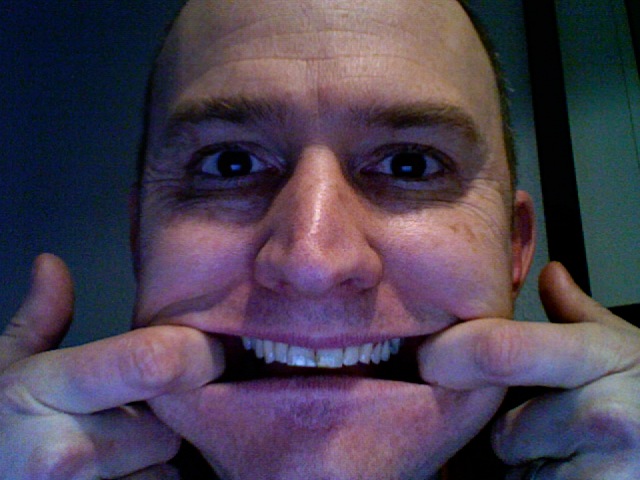Riding the Wave of the Tongue
 In previous voice warm-ups we've done Tongue Rolls, both big and small. Now we're going to work on letting that arch action, isolated in the earlier post "Separating the Actions of the Jawn and Tongue" slide from front to back, between two vowels, "ee" and "oo" — [i] and [u].
In previous voice warm-ups we've done Tongue Rolls, both big and small. Now we're going to work on letting that arch action, isolated in the earlier post "Separating the Actions of the Jawn and Tongue" slide from front to back, between two vowels, "ee" and "oo" — [i] and [u].
Start by feeling the placement of the tongue on the vowel "ee" [i]. This vowel is made with the tip of the tongue behind the lower front teeth, and the front of the tongue arching up toward the alveolar ridge. You can feel that action far better if you start your [i] by dropping your jaw, and then making the vowel, keeping your jaw dropped. Your tongue will have to reach up to that [i] spot. Really the vowel is a narrowing of the space in the mouth at the front.
Now, try a similar experiment with the "oo" [u] vowel. Then slide between the [i] and the [u] sound. I've made a video of this you can watch here.
However, because [u] requires lip rounding, this will be a distraction from feeling the action of the tongue. So to feel what the tongue does, I'm going to ask you to take the lips out of the equation by taking your pinky fingers and putting them in your mouth, and spread your lips wide. (Take a look at the picture at the top of this post to see what I mean.) Now make that [u] sound. Hopefully you'll be able to feel the action of the tongue, pulling back toward your velum or soft palate. Keep your fingers in your mouth for a second a slide your tongue into the [i] sound. Feel your tongue move? The high point of your tongue will move, like a wave, along the roof of your mouth to the forward point of the [i].
The next thing to do is to try to slow the wave down as you glide back and forth between the two vowel sounds. (You can release your fingers from your mouth now! Try to focus on the tongue still with as little lip action as possible.) I've made a little video of me doing just this.
Getting to know this action is really important to your ability to isolate your tongue, and, in the future, to make vowel sounds that are in different positions from your usual placements. By fooling around with the sounds in this way, you're becoming familiar with other options for your tongue, and that, in turn will lead to greater confidence to go to new places with your voice.